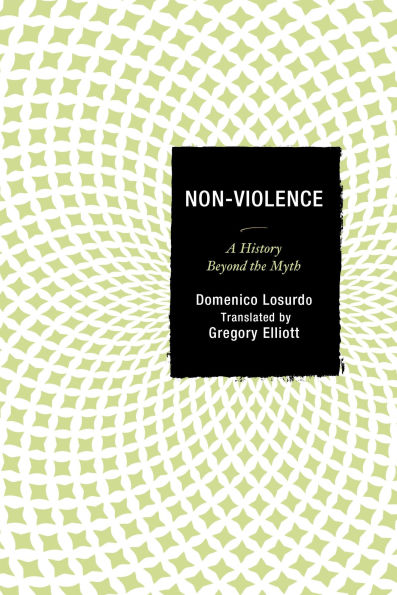We know of the blood and tears provoked by the projects of transformation of the world through war or revolution. Starting from the essay published in 1921 by Walter Benjamin, twentieth century philosophy has been committed to the criticism of violence, even when it has claimed to follow noble ends. But what do we know of the dilemmas, of the “betrayals,” of the disappointments and tragedies which the movement of non-violence has suffered? This book tells a fascinating history: from the American Christian organizations in the first decades of the nineteenth century who wanted to eliminate slavery and war in a non-violent way, to the protagonists of movements—Thoreau, Tolstoy, Gandhi, Capitini, M. L. King, the Dalai Lama—who either for idealism or for political calculation flew the flag of non-violence, up to the leaders of today’s “color revolutions.”
1120990393
Non-Violence: A History Beyond the Myth
We know of the blood and tears provoked by the projects of transformation of the world through war or revolution. Starting from the essay published in 1921 by Walter Benjamin, twentieth century philosophy has been committed to the criticism of violence, even when it has claimed to follow noble ends. But what do we know of the dilemmas, of the “betrayals,” of the disappointments and tragedies which the movement of non-violence has suffered? This book tells a fascinating history: from the American Christian organizations in the first decades of the nineteenth century who wanted to eliminate slavery and war in a non-violent way, to the protagonists of movements—Thoreau, Tolstoy, Gandhi, Capitini, M. L. King, the Dalai Lama—who either for idealism or for political calculation flew the flag of non-violence, up to the leaders of today’s “color revolutions.”
52.19
In Stock
5
1

Non-Violence: A History Beyond the Myth
246
Non-Violence: A History Beyond the Myth
246Related collections and offers
52.19
In Stock

Product Details
| ISBN-13: | 9781498502207 |
|---|---|
| Publisher: | Bloomsbury Publishing |
| Publication date: | 04/09/2015 |
| Sold by: | Barnes & Noble |
| Format: | eBook |
| Pages: | 246 |
| File size: | 862 KB |
About the Author
From the B&N Reads Blog
